Urban Forestry: Creating Greener, Healthier Cities for the Future
- September 24, 2024
- 0 comment
Urban forestry is the practice of managing trees and green spaces within urban areas to improve environmental quality, public health, and social well-being. This field encompasses the planning, planting, and maintenance of trees and vegetation in cities, which helps create healthier, more sustainable urban environments.

The significance of urban forestry lies in its ability to address various urban challenges, including climate change, air pollution, and social cohesion. Integrating green spaces into urban planning is crucial for creating resilient cities that can adapt to environmental and social changes.
What are the benefits of Urban Forestry?
Offers a wide range of benefits that contribute to the sustainability and livability of cities. These benefits can be broadly categorized into environmental, social, and economic aspects, each playing a crucial role in enhancing urban life.
Environmental Benefits
Urban forests mitigate urban heat islands by providing shade and cooling the air through evapotranspiration, reducing the need for air conditioning and lowering energy consumption and greenhouse gas emissions.
They improve air quality by absorbing pollutants like carbon dioxide and sulfur dioxide and enhance water quality by capturing and filtering rainwater, thus reducing stormwater runoff. Additionally, urban forests boost biodiversity by providing habitats for various species of birds, insects, and other wildlife, which is crucial for maintaining healthy ecosystems.
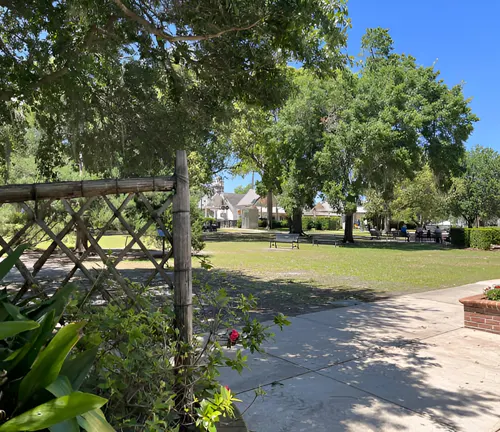
These combined benefits contribute significantly to the sustainability and resilience of urban environments
Social Benefits
Enhances mental and physical health by providing green spaces that reduce stress, anxiety, and depression while encouraging physical activity.
These green spaces also foster social interaction, creating a sense of community and well-being among residents. Community participation in urban forestry initiatives, such as tree planting and maintenance, strengthens community bonds and fosters a sense of stewardship.
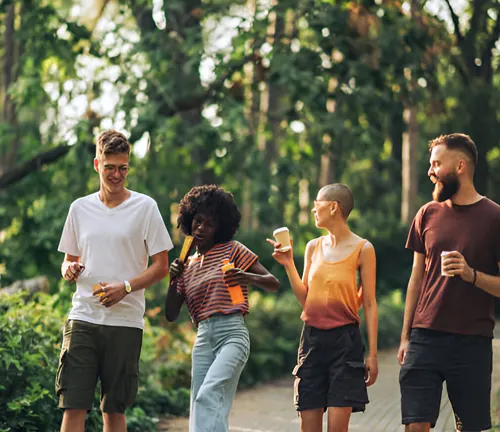
This involvement ensures the long-term care and preservation of urban forests, benefiting the entire community.
Economic Benefits
Properties located near green spaces typically have higher values, which can increase tax revenues for municipalities. The cooling effects of urban trees can reduce energy costs for homeowners and businesses by lowering the need for air conditioning during hot weather.
Additionally, it creates green jobs in tree planting, maintenance, and landscape management, supporting local economies.
Key Practices in Urban Forestry
Urban forestry involves several key practices that are essential for maintaining healthy and sustainable urban green spaces. These practices include tree planting and maintenance, urban greening initiatives, and community involvement.

By implementing these practices, urban foresters can enhance the environmental, social, and economic benefits of urban forests.
Tree Planting and Maintenance
Effective urban forestry starts with selecting tree species suited to urban environments, considering factors like soil type, climate, and space availability. Trees require regular maintenance such as watering, pruning, and pest protection to ensure their health and maximize benefits.
Urban Greening Initiatives
Urban greening includes green roofs, green walls, and pocket parks, which improve insulation, reduce energy consumption, and add green space in dense areas. Community gardens provide spaces for residents to grow food, exercise, and connect, enhancing urban biodiversity and education.
Community Involvement
Community involvement is crucial, with programs training volunteers to care for urban trees, ensuring their health and longevity. Public education and volunteer initiatives foster ownership and responsibility, demonstrating positive impacts through successful community-led projects.
Challenges and Solutions in Urban Forestry
Challenges
Urban forestry faces several challenges, including limited space and poor soil quality in urban areas, climate change impacts, and urban development pressures. These challenges can hinder the growth and maintenance of urban forests, making it difficult to realize their full benefits.
Additionally, securing funding for urban forestry projects can be a significant barrier, especially for small municipalities and community organizations.
Limited space
Limited space in urban areas poses a significant challenge for urban forestry, as trees often struggle to grow in confined environments surrounded by buildings and infrastructure.
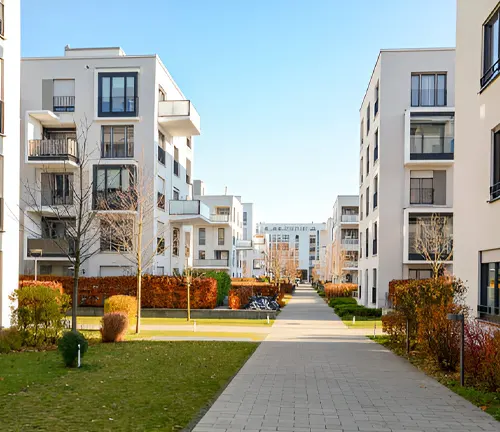
Poor soil quality
Poor soil quality in urban areas often lacks the nutrients and structure necessary for healthy tree growth, posing a significant challenge for urban forestry.
Climate Change
Climate change impacts, such as increased temperatures and altered precipitation patterns, add stress to urban trees, making them more vulnerable to pests and diseases.
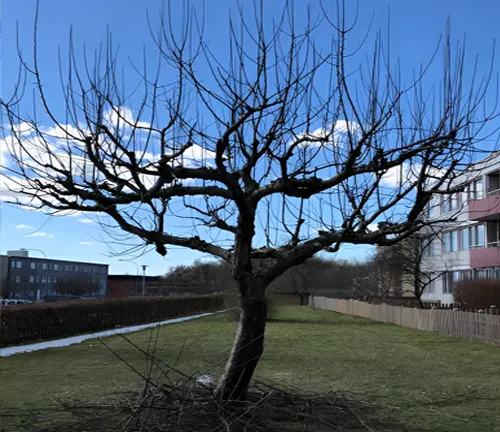
Urban development pressures
Urban development pressures can lead to the removal of green spaces, reducing the available area for planting trees and negatively affecting the overall urban ecosystem.
Solutions
Innovative urban planning and design are essential for addressing these challenges, ensuring that green spaces are preserved and expanded as urban areas grow. Securing funding for urban forestry projects through public-private partnerships, grants, and community fundraising initiatives is essential for providing the necessary resources for tree planting and maintenance while fostering community ownership and sustainability.
Urban Forestry Research and Innovations
Urban forestry research and innovations are essential in addressing the evolving challenges and opportunities within urban environments. Current research trends focus on modeling future urban forest scenarios to understand the impacts of various management strategies on public health and climate resilience.
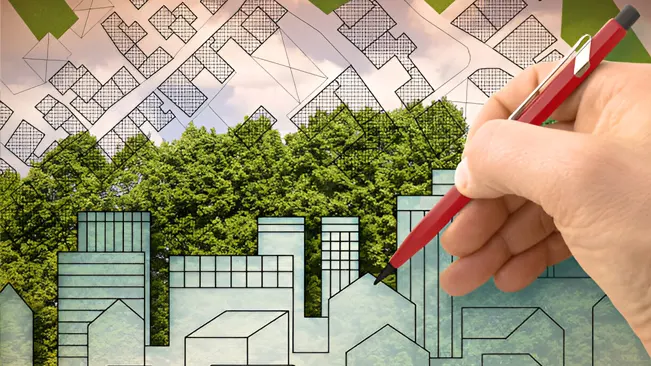
Studies are examining how urban forests can mitigate urban heat islands, improve air quality, and enhance mental well-being. Technological advancements, such as Geographic Information Systems (GIS) and remote sensing, are transforming how urban forests are managed by enabling precise mapping and real-time monitoring of tree health.
Smart urban forestry management systems leverage data analytics to optimize resources and improve the efficiency and effectiveness of urban greening projects, ensuring sustainable and resilient urban ecosystems.
Global Perspectives on Urban Forestry
Case Studies from Around the World
Successful urban forestry initiatives in major cities around the world provide valuable lessons and best practices. Comparative analysis of urban forestry practices in different regions highlights the diverse approaches taken to manage urban forests and the unique challenges faced by each city. Case studies showcase innovative solutions and the positive impacts of urban forestry on urban environments.
Global Networks and Collaborations
International organizations play a crucial role in promoting urban forestry through cross-border collaborations and knowledge exchange. These networks facilitate the sharing of best practices, research findings, and innovative solutions, helping cities worldwide improve their urban forestry efforts.
Collaborative projects and international conferences provide platforms for urban forestry professionals to connect and learn from each other.
Conclusion
Urban forestry has the potential to transform cities into greener, healthier, and more sustainable environments. By providing numerous environmental, social, and economic benefits, urban forests contribute significantly to the overall quality of life in urban areas.
However, realizing this potential requires addressing various challenges through innovative planning, policy support, and community engagement. Integrating technological advancements and fostering international collaborations will be crucial in overcoming these challenges.
As research and technology continue to advance, urban forestry will play an increasingly important role in shaping the sustainable cities of the future, creating healthier, more livable urban environments for all.
Frequently Asked Questions (FAQ’s)
- What is urban forestry?
Urban forestry is the management of trees and green spaces in urban areas to improve environmental quality, public health, and social well-being. It involves planning, planting, and maintaining trees in parks, streets, green roofs, and community gardens. - Why is urban forestry important?
Urban forestry mitigates the urban heat island effect, improves air and water quality, and enhances biodiversity. It also provides social and economic benefits, such as increased property values and green job creation. - What are the environmental benefits of urban forests?
Urban forests help cool cities through shade and evapotranspiration, reducing energy consumption. They also absorb pollutants, improving air quality, and capture rainwater, reducing stormwater runoff and enhancing water quality. - How do urban forests improve air quality?
Urban forests improve air quality by absorbing pollutants like carbon dioxide, sulfur dioxide, and particulate matter through their leaves and bark. Trees also release oxygen during photosynthesis, contributing to cleaner air. - What are urban greening initiatives?
Urban greening initiatives involve integrating vegetation into urban infrastructure, such as green roofs, green walls, and pocket parks. These initiatives enhance environmental quality, aesthetics, and provide recreational opportunities. - What challenges do urban foresters face?
Urban foresters face challenges such as limited space, poor soil quality, climate change impacts, and funding constraints. Innovative planning, policy support, and community engagement are essential to overcoming these challenges. - How can urban forestry be supported?
Urban forestry can be supported through policies like tree protection ordinances, public-private partnerships, and community fundraising initiatives. Engaging and educating the public about the benefits of urban forests also plays a crucial role. - What is the role of community involvement in urban forestry?
Community involvement is vital for successful urban forestry programs, including tree stewardship, volunteer initiatives, and public education. Engaging residents fosters a sense of ownership and responsibility for local green spaces. - What technological innovations are used in urban forestry?
Technologies like Geographic Information Systems (GIS) and remote sensing are used to map and monitor urban forests, track tree health, and plan for future planting. Smart urban forestry management systems use data analytics and sensors for real-time monitoring. - How can someone pursue a career in urban forestry?
A career in urban forestry typically requires a degree in forestry, environmental science, or landscape architecture. Gaining hands-on experience through internships and joining professional organizations can also provide valuable networking and education opportunities.

Jordan Blake
Forestry AuthorJordan Blake is a forestry expert with over 15 years of experience in arboriculture and community education. Passionate about sustainable forest management, Jordan regularly writes for Forestry.com and Tree Care Magazine. Holding certifications in tree health assessments and urban forestry management, Jordan conducts workshops to educate the public on sustainable practices. Jordan has a degree in Environmental Science and enjoys hiking and photography in their free time.









Leave your comment